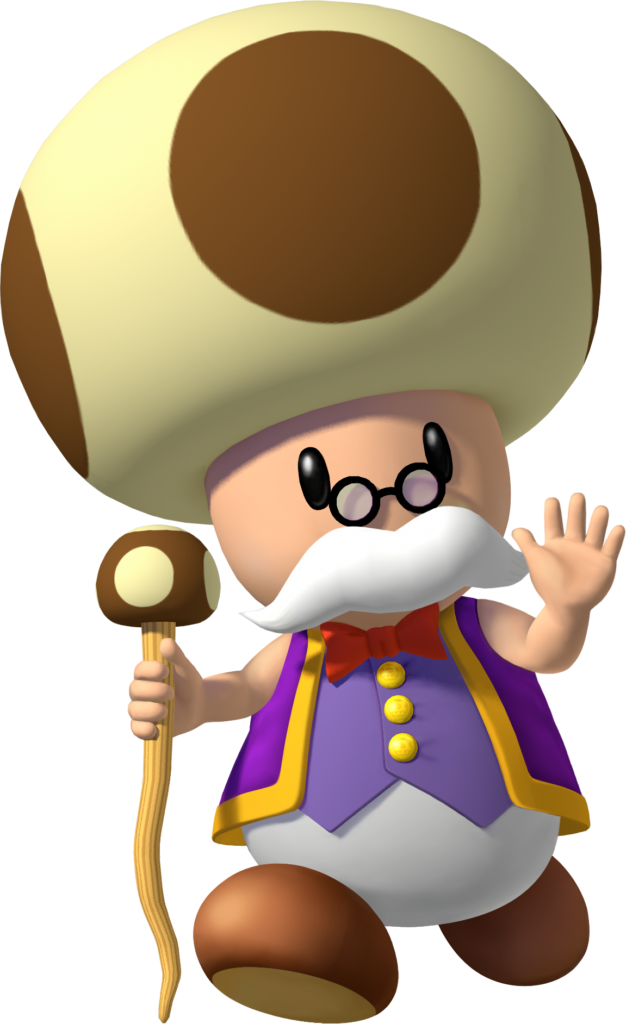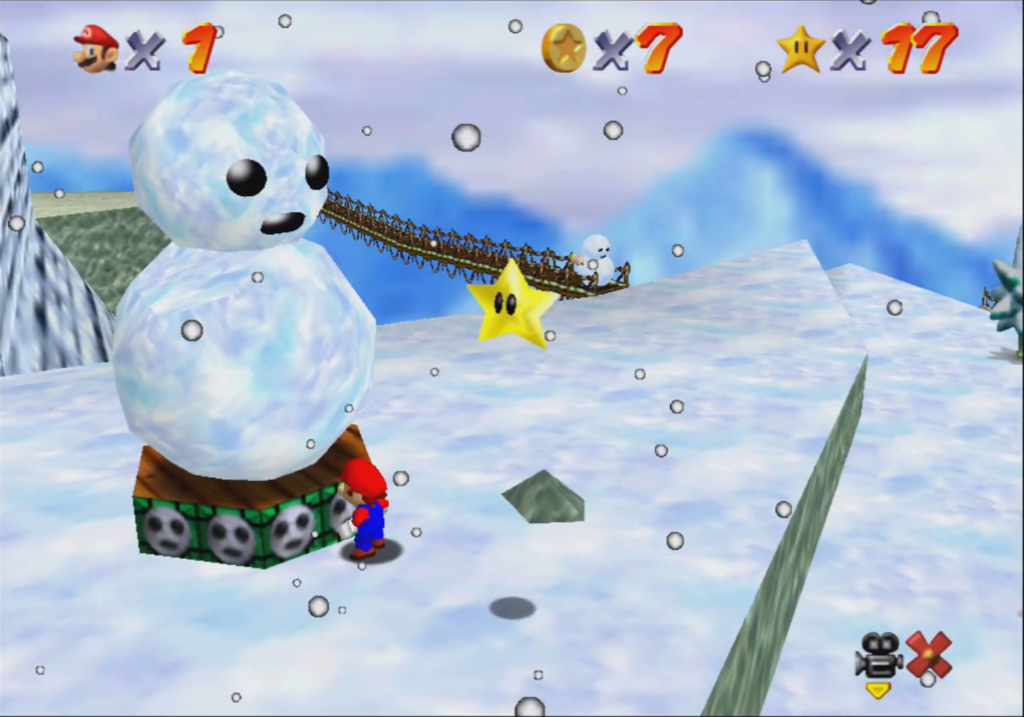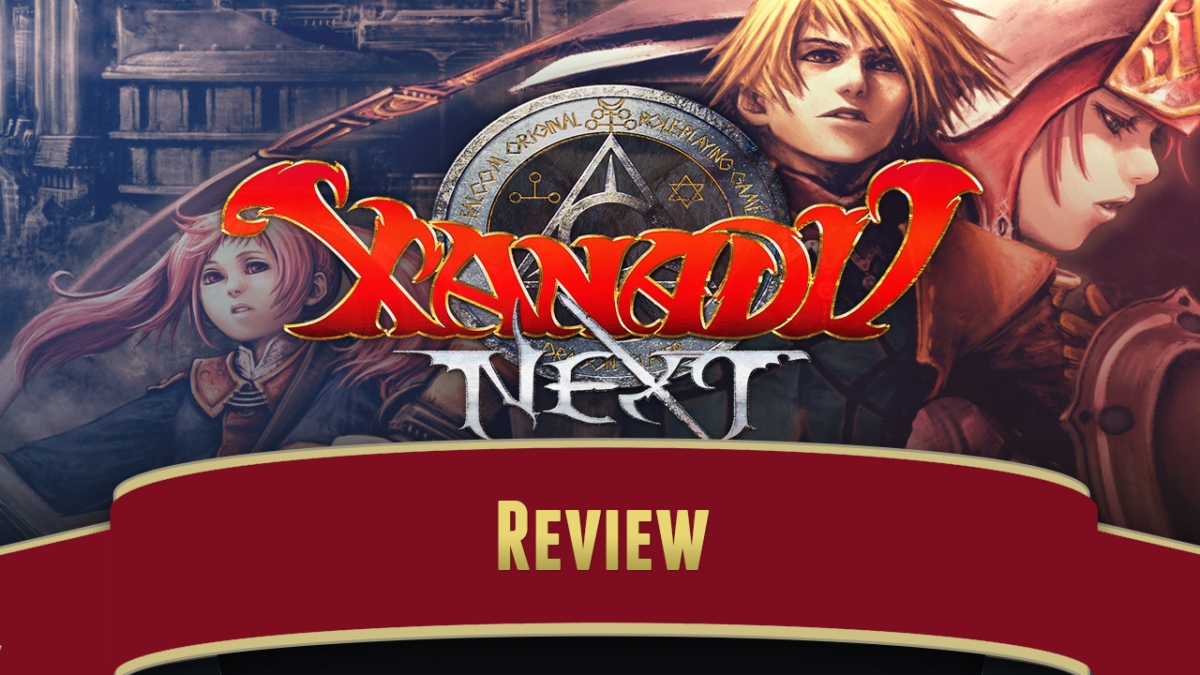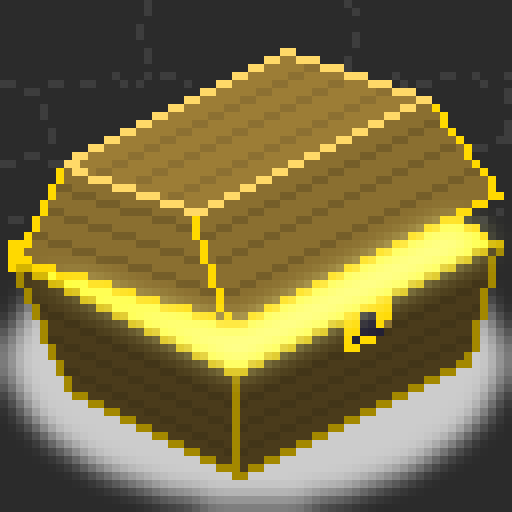Starting this Saturday at noon US Eastern time (9 AM Pacific, 5 PM Greenwich, 7 PM CEST) is Roguelike Celebration 2024! I’m presenting half an hour on the Mystery Dungeon games this year, at 3:15 PM Pacific/6:15 Eastern/11:15 Greenwich/1:15 AM Sunday CEST. Whew, the roundness of the Earth makes it difficult to express times!
It’s being held entirely online again this year, and offers a fun social space to explore that’s kind of like a MUD! Roguelike Celebration’s schedule is here, and you can get tickets for $30 for the whole event here. They usually set aside some free tickets for people who can’t afford the fee, although you might have to check around to find them.
Roguelike Celebration is nominally about roguelikes and procedural generation, but I think it’s interesting from a wide variety of gaming perspectives, and every year I find several talks that are incredibly interesting. Past years have offered presentations from people who worked on games as diverse as Kingdom of Loathing and Blaseball. Here are the talks being offered this year:
Saturday
- Harry Solomons: Trampling on Ghosts: Hauntology and Permadeath
- Cezar Capacle: Enhancing Narrative Through Randomness and Complications
- Max Bottega: Keeping Art Direction interesting in a procedurally generated world
- Stanley W. Baxton: Bringing Real-World Occultism into Your Games Without Accidentally Being Racist
- Jeff Emtman and Martin Austwick: Neutrinowatch – the podcast that plays itself
- Nic: Braided Narratives: Or How I Learned to Stop Worrying and Love Linear Stories
- Pandamander: “Out of Book,” The Psychology of Why Roguelikes Keep Us Playing
- ?: Inverse Terrain Solver
- Adrian: Probably Impossible – NecroDancer’s network code
- John Harris: A Trip Through The Mystery Dungeons (psst: this is mine)
- Marlowe Dobbe: A Swarm of Monsters is Hard To Build: Generating Visual Concepts for Enemies in Roguelikes
- John Bond: Doors or no Doors: How Roguelike games take you places
- Dan Norder: Chase, The BASIC Language Proto-Roguelike
Sunday
- Yong Zhen Zhou: Who Controls the Controller? Thinking about physical player interactions outside a digital game
- Tabea Iseli: Animal Crossing meets Roguelite Dungeon Crawler – The surprising genre mixture behind Grimoire Groves
- Philomena Schwab: 100,000 wishlists in 3 months – Weird roguelikes are taking over the world
- Kaysa Konopljak: Going legit with DotA: How to transform a thousand authors into four
- Alexander Birke: Practical procedural world and story generation in Sea Of Rifts, a naval roguelike RPG
- Robin Mendoza: The Use of Knowledge in the Labyrinth: The price mechanism as a storytelling device
- Ollie: The Right Variety – Understanding and Visualising the Output Diversity of Your Generators
- Eiríkr: Uxn – Permacomputing & Roguelikes
- Brian Cronin: Black Box Sim for Roguelikes
- Isaac Io Schankler: Orb Pondering Simulator LIVE!
- ?: 7 Layer Dip, Multi-Layered Narratives For Roguelikes
- Emily Halina: New Levels from a Single Example via Tree-based Reconstructive Partitioning (TRP)
- Courtney: Cheating the System (By Design!) for Epic Combos
- Joe: Magic in Game Design: (Mis)Directing the Player’s Attention
- Tyler Coleman: Finding your 80/20 Rule with Proc-Gen
- Nat: Procedurality and the Primes







